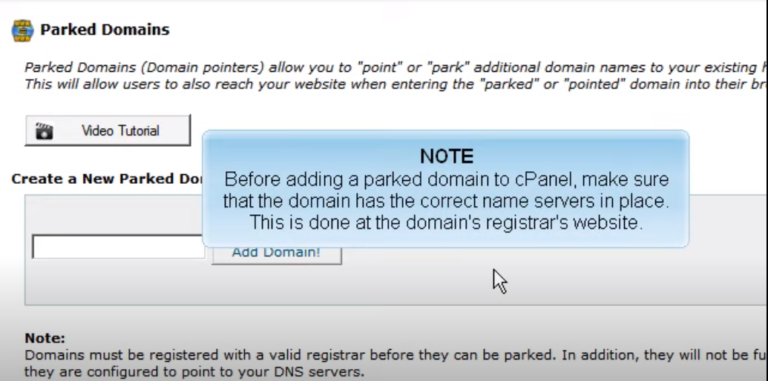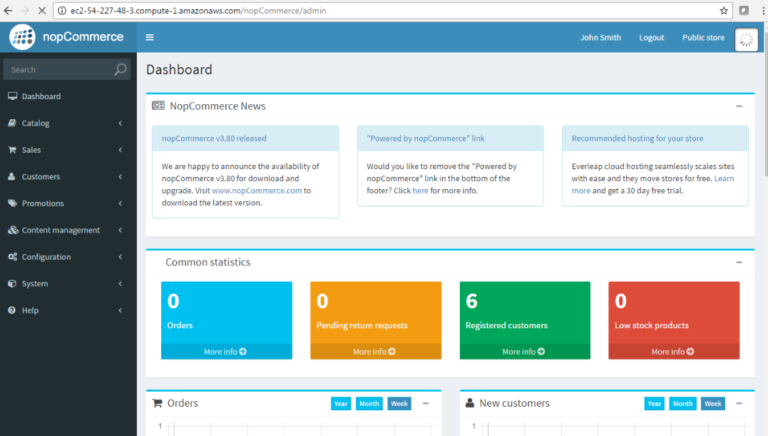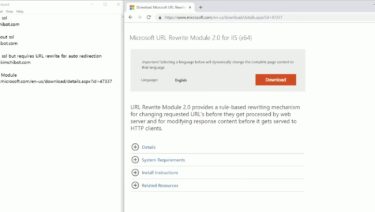Search visibility is crucial in today’s digital landscape. Whether you’re an entrepreneur, developer, or SEO specialist, understanding how to enhance your web page’s search position is paramount.
This in-depth guide covers multifaceted techniques to elevate your digital platform’s visibility on search engines (SEs). From keyword research to the role of backlinks and page speed, every aspect is meticulously dissected. Read on to become proficient in amplifying SE visibility.
The Importance of Keyword Research
One of the foundational aspects of elevating a site’s visibility on SEs is keyword research. This involves the identification of phrases or terms that prospective customers are likely to use when looking for services or products similar to those offered by your online platform.
- Long-Tail Keywords: Focusing on more specific, long-tail keywords can dramatically increase the chances of your digital platform appearing at the top of search results;
- User Intent: Understanding the user intent behind keywords is crucial. Classify keywords into categories like informational, transactional, and navigational to better serve user needs;
- Competitive Analysis: Assess the keywords used by industry leaders and competitors. This analysis will offer insights into the types of keywords that are likely to generate high-quality traffic.
On-Page Optimization Techniques
Once the keywords are identified, the next step is to integrate them naturally into various elements of your digital platform.
- Meta Descriptions and Titles: Crafting compelling meta descriptions and titles that incorporate your target keywords can significantly enhance click-through rates;
- Headings and Subheadings: Utilize H1, H2, and H3 tags effectively. Make sure they contain relevant keywords and provide an organized structure for your content;
- Image Alt Text: SEs can’t perceive images, but they can read the alt text. Including keywords in image alt text can be another way to boost search visibility.
Building Quality Backlinks
Backlinks, often seen as the digital equivalent of word-of-mouth endorsements, play an essential role in elevating a website’s authority and relevance in the eyes of SEs. The nature and source of backlinks can significantly impact the site’s standing in SE results.
- Guest Posting: Offering to write high-quality blog posts on reputable sites in your industry can open the door to earning valuable backlinks. This also positions you as an expert in the field, further enhancing your website’s credibility;
- Social Shares: Content that resonates with your audience is more likely to be shared across social media platforms, indirectly contributing to backlink generation. To capitalize on this, focus on creating shareable content that solves a problem or fulfills a need;
- Directories: Utilizing directories for backlinks is an older technique but can still be effective when used cautiously. Aim for reputable directories relevant to your industry to keep the backlinks meaningful.
The Role of Page Speed
The responsiveness of your website, often referred to as page speed, can significantly affect user experience and SE ranking. Slow-loading pages are not only off-putting for users but can also make SEs rank them lower.
- Optimize Images: High-resolution images can substantially slow down your website. Utilize image compression tools to lessen the size without sacrificing quality;
- Caching: Caching solutions store frequently accessed data, thereby accelerating content delivery. This not only pleases your visitors but also makes SEs view your site more favorably.
Tracking and Monitoring Performance
Ongoing monitoring is a necessity to gauge the success of the strategies put in place for improving search visibility. Various analytical tools can aid in this monitoring process.
- Google Analytics: This tool offers a comprehensive look at user interaction and engagement, helping you understand which strategies are most effective;
- Search Console: This offers a more specialized set of information about how SEs interact with your site, providing invaluable data on search queries, click-through rates, and more.
Leveraging Local SEO
Localized SEO tactics are critical for businesses aiming to capture local markets. This is a separate yet integral part of general SEO strategies, focusing on geographical relevance.
- Google My Business: An optimized Google My Business listing is pivotal for local search visibility. It serves as your business card in Google search results and Google Maps;
- Local Keywords: Using geographically relevant keywords in your content, meta descriptions, and titles can greatly benefit local search rankings.
Mobile Optimization
In the era of smartphone ubiquity, mobile optimization is no longer optional but rather a critical necessity for websites. The lack of mobile optimization severely hampers both the site’s user experience and its standing in SE evaluations. This is particularly crucial as mobile searches now outnumber desktop searches.
- Responsive Design: Employing a responsive design ensures your site layout adapts smoothly to different screen dimensions, from smartphones to tablets to desktops. This adaptability enhances user engagement and contributes positively to SE metrics. Moreover, some SEs have mobile-first indexing, meaning they use the mobile version of a site for ranking and indexing;
- Accelerated Mobile Pages (AMP): AMP is an open-source framework that enables web pages to load more rapidly on mobile devices. Quick page loading is critical for retaining user attention and is also a factor that SEs consider for mobile ranking. AMP strips away some of the elements that cause web pages to load slower on mobile, like JavaScript and third-party scripts;
- Touch-Friendly Navigation: For mobile users, navigational elements should be easily accessible via touch. Buttons should be adequately sized and positioned, while swipe functionalities can also enhance user experience.
Voice Search Optimization
Voice-activated search has been on the rise with the increasing proliferation of smart speakers like Amazon’s Alexa and Google Home. These devices have given voice search optimization a pivotal role in current SEO strategies.
- FAQ Pages: Including long-tail keywords and conversational phrases in the Frequently Asked Questions section helps the site rank better in voice search. This is because voice searches are often more conversational and question-based compared to text searches;
- Local Listings: Since voice searches are frequently localized (“Where’s the nearest gas station?”), ensuring that your local business listings like Google My Business are accurate and up-to-date is vital. It can drastically improve the chances of your business showing up in voice-activated local searches;
- Schema Markup: Adding Schema Markup to your website can help SEs understand the context of your content, making it easier for them to present it in voice search results. This is particularly useful for business locations, reviews, and events.
Content Strategy and Updates
The regularity and quality of content updates significantly influence how a website ranks in SE results. Consistency and relevance are key.
- Content Calendar: A well-planned content calendar is instrumental for keeping your website updated consistently. SEs give higher preference to websites that frequently refresh their content, as it indicates the site is actively managed and reliable;
- Audit Existing Content: Regular audits of current content are essential to recognize areas that may require updates, revisions, or even complete overhauls. Use tools like Google Analytics to track how individual pages are performing and update them to maintain or boost their SE rankings;
- Evergreen Content: While news and trends are important, creating evergreen content that remains relevant over time can bring in consistent traffic and contribute positively to SE rankings. This form of content serves as a long-term asset for the website.
By harmonizing these elements into your SEO strategy, you significantly elevate your website’s potential to rank better in SE evaluations. This blended approach ensures that you’re not just keeping up with current trends but also laying a strong foundation for future developments in search algorithms.
Conclusion
Improving your website’s search visibility is a multi-faceted endeavor that requires a comprehensive approach encompassing backlink building, speed optimization, constant performance tracking, and adapting to newer trends like local SEO, mobile, and voice search optimization.
By employing a well-rounded strategy that also includes regular content updates, you can significantly bolster your website’s performance in SE rankings. This will not only improve your online presence but also offer a more engaging and efficient experience to your users.













